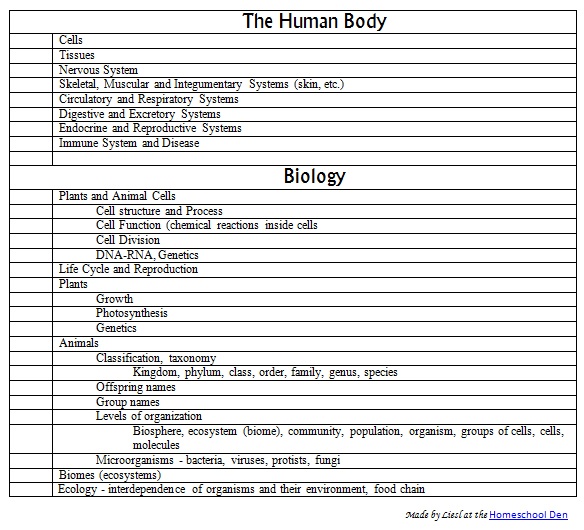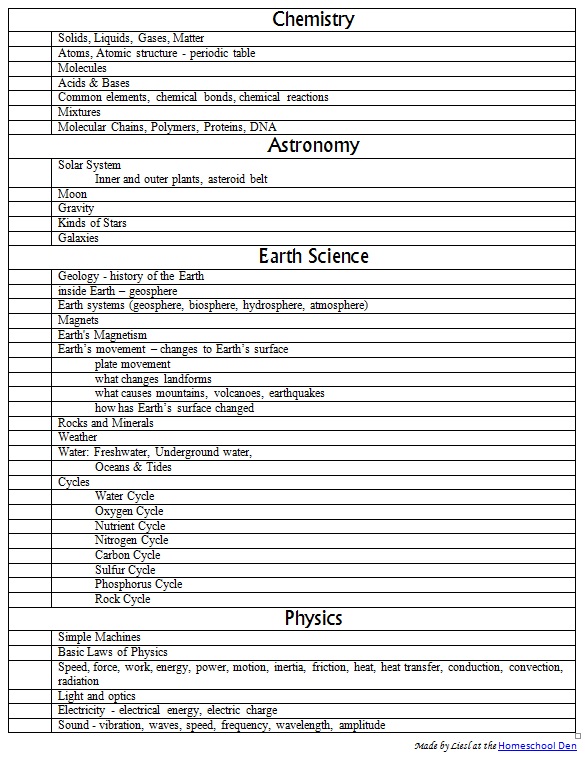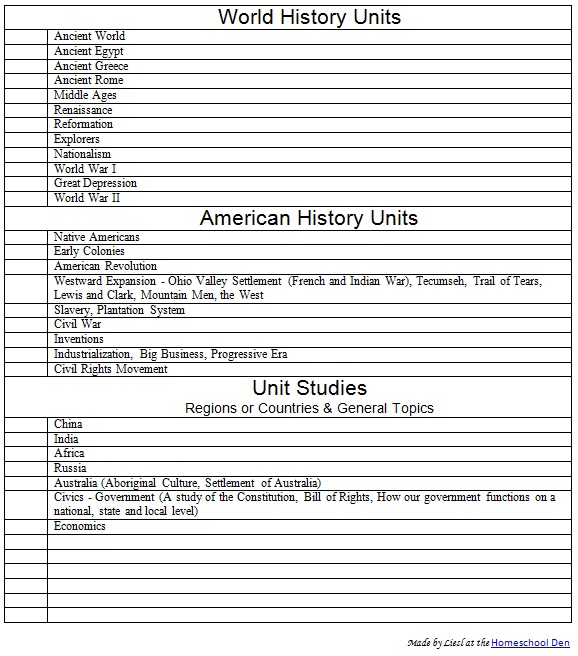Homeschool Planning and Schedules: From the Big Picture down to the Daily Schedule
A week or so ago, a reader asked me if I had any other tips about homeschool planning. She had read the posts I had put together on short term and long term goals and planning, but wondered if I had any other thoughts. She wondered how I make sure we keep tabs on the resources and books and planning things out in general.
I spent a lot of the summer thinking hard about how are homeschool is organized and how to create a schedule and routine that works for us. I’ve been trying to put all that I’ve read & learned down in a post. Well, of course it’s nearly impossible for me to write just a little bit on one topic… so I’ve broken it down into several posts! Today I’m going to talk about the Big Picture. Then tomorrow I’ll share more about some of the changes we’ve made to our Daily Homeschool Procedures and Routine. And finally the third post will talk about The Learning Environment: eliminating the squabbles, pokes, taps, random noises and all that.
One thing I love about homeschooling is that I know what the kids have studied and what holes they have in their studies. I know whether they truly know and understand ocean tides or how our government works. I know if they’re making progress in math or writing or grammar. Hopefully I’m not repeating too much of what I wrote in the series on Starting to Homeschool that I wrote this summer, but I thought I’d share a printable checklist of the science and history units that I hope my kids have covered once or twice by the time they’re 12 or 13.
This list is, of course, always growing (and growing!), but at least I made a start in planning out what I want to cover. As for our resources: I organize our materials by subject matter on the shelves, subdivided into units. I also have (lots of !) notebooks where I try to keep track of the resources we’ll use with each unit. Those planning notebooks come with me practically everywhere and I am constantly jotting down ideas I have for hands-on projects, books we should read and more.
It seems that there are well organized math resources out there that progress logically… and our writing workshop is a huge topic unto itself. So I will just share the checklists I made for science and history below:
Science in the Elementary Years:
We’ve been homeschooling from the very beginning, so our studies of science started in the preschool years. I did a very comprehensive posts about the various science topics you can cover in the preschool years. As my kids were older we continued our science units, but began going into considerable more depth. We spend as much time as needed (and while interest lasts). Usually, we do 3 or 4 units a year. I keep mental tabs on what we’ve studied and what we haven’t. Eventually, we circle around to the same units again because I have three kids. Invariably I need to cover topics my youngest hasn’t gotten to and that my oldest needs to cover in more depth.
Click here to download the Homeschool Science Checklist:
And here’s the second part of my science checklist. These are all in one pdf, but I wanted to show you here on the blog what units we’ve covered (or hope to cover) over time.
History in the Elementary Years:
When we first started homeschooling, I read The Well Trained Mind. The thought of covering history in four year cycles sounded like a wonderful way to approach history. After all, the kids would build on their former knowledge… learning about the ancient world several times, but going into more depth each time round. History was broken into these four year cycles:
- Ancients
- Middle Ages and Early Renaissance
- Late Renaissance/Early Modern
- Modern Times
That was the path we set out on, but it didn’t work out that way for us. For one thing, we went much slower… taking our time and exploring different topics in different depths. And by the time we were “ready” to explore and read about Modern Times I had a preschooler and I didn’t feel like it was appropriate to talk about the World Wars and so forth since history is one of the subjects we cover together.
So our family’s history journey has looked more like this. Each dot is roughly one year:
- Ancients – pre-history, Ancient Egypt, Ancient Greece
- Ancient Rome, Middle Ages, Age of Exploration
- American Geography, American Landmarks (We moved back to the USA this year), Age of Exploration, Frontier history, Early American History, the American West
- A year-long study Africa (plus a unit on slave trade/triangular trade and slavery in the New World)
- A history of India (and after studying Gandhi… the Civil Rights Movement) and a semester on China
- This year we’ll be doing a large unit on Native Americans. We’re also doing a civics/government unit and will probably cover some economics as well. We’ve been doing a lot of trips and always read books and explore American History topics as they come up. (We recently visited Yorktown, for example, and read a couple of books about the American Revolution.) I also plan to have us study the Middle Ages which wasn’t as in depth the last time around as I felt it should be.
- Next year we’ll probably continue on with European history and do a large unit on Russia and Russian history. We’ll probably also do another unit on American History as well.
But the amazing thing about homeschooling? I know what we’ve covered… and I know what holes are there for the kids. I’ve learned that it’s okay to be flexible… and it’s okay to follow rabbit trails through history.
The next post goes into detail about our new homeschool routine… the index card system that helps keep us (ME!) on track… and more. Visit this post: Creating Daily Homeschool Prodedures and Routines.
Some of the links in this post are still broken. Hope to get them back up and running soon!
You might be interested in these related posts:
- How to Start Homeschooling
- How Do You Know What to Teach the Kids: Finding a Homeschool Curriculum
- How and Why Did We Get Started Homeschooling?
- How Long Will We Keep Homeschooling? (Homeschooling Through High School)
- Back to (Home)School Shopping List
- What Happens in a Homeschool Day — Our Week or 2 in Review (K, Gr. 3, Gr. 5) — A glimpse into our homeschool (last November) that helps give you a flavor of what our homeschool routine looks like.
- Math Curriculums & Going Beyond the Text – This post includes 15+ ideas for making math engaging and fun!
- Math Worksheets, Game Boards, Lapbook and More – Various worksheets and resources I’ve made for my kids that include themes (that my kids like) such as Pokemon, Pete the Cat, etc.
- Homeschool Science Curriculum Options
- Creating a Homeschool Science Curriculum – Elementary
- Creating a Homeschool Science Curriculum – Ages 4-6
- Science Activities for Ages 4-6
- Choosing or Creating a History Curriculum
- Hands On Geography Activities for Ages 4-10
- Long List of Free Homeschool and Teaching Resources
-

























































2 Responses
[…] privilege of designing and implementing our homeschool history curriculum. In fact, you can take a close look at the units and topics I hope we can cover in history and science while the kids are 6-12 or so. We read and study all kinds of books and materials and I really […]
[…] privilege of designing and implementing our homeschool history curriculum. In fact, you can take a close look at the units and topics I hope we can cover in history and science while the kids are 6-12 or so. We read and study all kinds of books and materials and I really […]